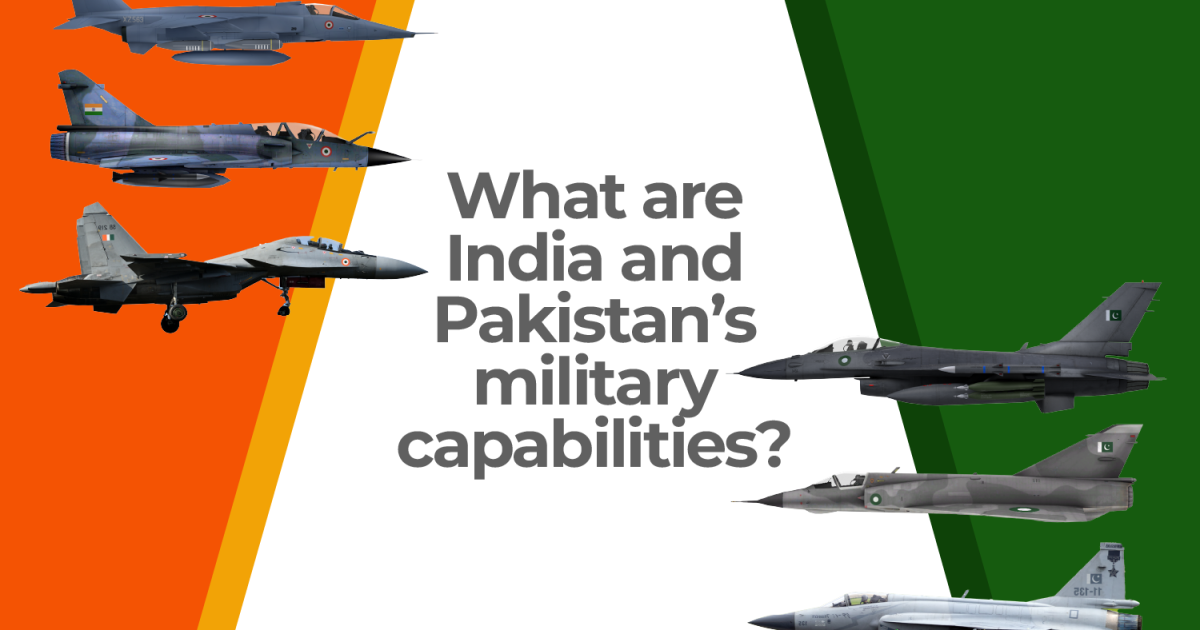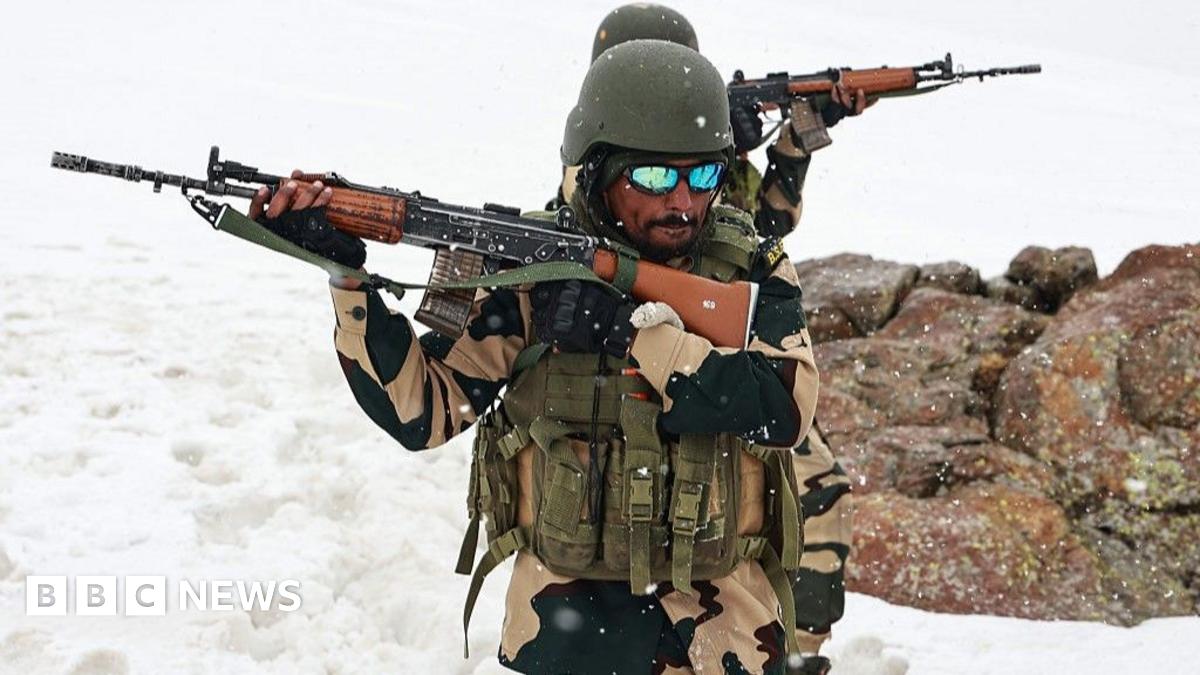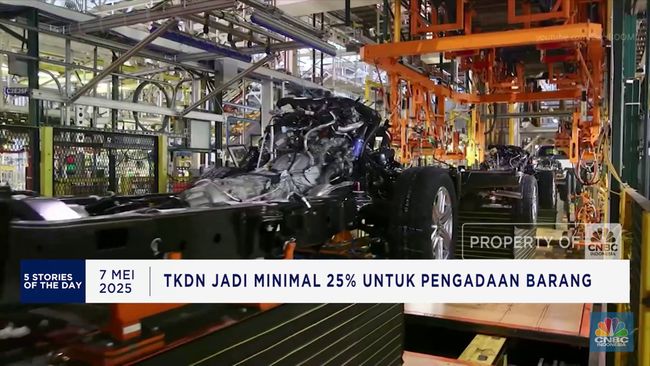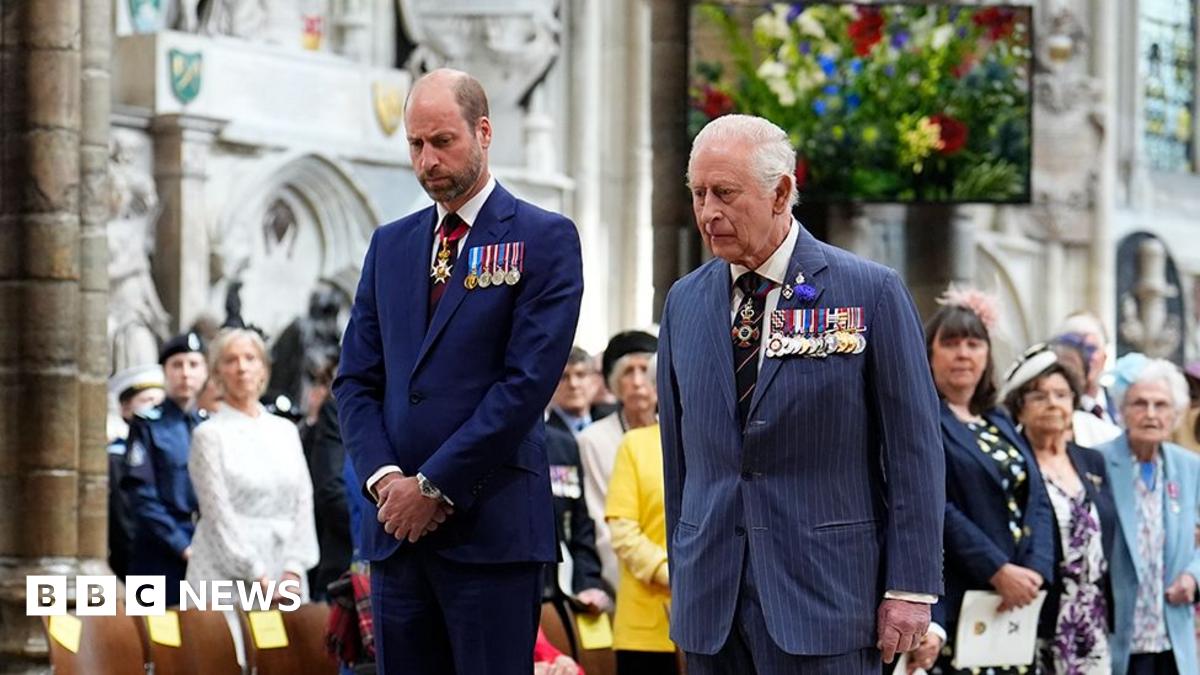India And Pakistan: Military Strength And Nuclear Weapons Programs Analyzed

Welcome to your ultimate source for breaking news, trending updates, and in-depth stories from around the world. Whether it's politics, technology, entertainment, sports, or lifestyle, we bring you real-time updates that keep you informed and ahead of the curve.
Our team works tirelessly to ensure you never miss a moment. From the latest developments in global events to the most talked-about topics on social media, our news platform is designed to deliver accurate and timely information, all in one place.
Stay in the know and join thousands of readers who trust us for reliable, up-to-date content. Explore our expertly curated articles and dive deeper into the stories that matter to you. Visit Best Website now and be part of the conversation. Don't miss out on the headlines that shape our world!
Table of Contents
India and Pakistan: A Military and Nuclear Powerhouse Showdown
The volatile relationship between India and Pakistan is a constant source of global concern, largely fueled by their significant military capabilities and respective nuclear arsenals. This article delves into a comparative analysis of their military strength and nuclear weapons programs, examining the implications for regional stability and global security. Understanding the intricacies of this complex geopolitical landscape is crucial for comprehending potential flashpoints and the ongoing efforts towards regional de-escalation.
Military Strength: A Head-to-Head Comparison
Both India and Pakistan possess formidable military forces, although their strengths and weaknesses differ significantly. India boasts a larger and more technologically advanced military, with a substantial advantage in air power and naval capabilities.
Indian Military Strengths:
- Larger Army: India possesses a significantly larger army than Pakistan, with greater manpower and a wider range of equipment.
- Air Force Superiority: The Indian Air Force (IAF) commands a superior air fleet, encompassing advanced fighter jets like the Rafale and Sukhoi Su-30MKI.
- Growing Naval Power: India's navy is rapidly expanding its capabilities, projecting power in the Indian Ocean and beyond. This includes aircraft carriers and nuclear-powered submarines.
- Advanced Missile Technology: India has developed a robust ballistic missile program, including both short-range and long-range capabilities.
Pakistani Military Strengths:
- Nuclear Arsenal: Pakistan's nuclear arsenal is a significant deterrent, arguably its most potent military asset.
- Strong Ground Forces: Pakistan's army, while smaller than India's, is considered highly skilled and battle-hardened.
- Tactical Nuclear Weapons: Reports suggest Pakistan may possess tactical nuclear weapons, capable of use on the battlefield, although this remains a point of ongoing debate and analysis among experts.
- Asymmetric Warfare Capabilities: Pakistan has demonstrated proficiency in asymmetric warfare tactics, including guerrilla warfare and the use of non-state actors.
The Nuclear Factor: A Precarious Balance
Both India and Pakistan possess nuclear weapons, creating a precarious balance of power and increasing the risk of escalation. The development and deployment of these weapons have significantly altered the dynamics of the region.
- India's Nuclear Doctrine: India's nuclear doctrine is based on "no first use," meaning it will not initiate a nuclear attack. However, it reserves the right to retaliate with overwhelming force if attacked with nuclear weapons.
- Pakistan's Nuclear Doctrine: Pakistan's nuclear doctrine is less clearly defined, but it emphasizes credible minimum deterrence, ensuring its nuclear arsenal acts as a sufficient deterrent against aggression.
- Concerns about proliferation: The existence of nuclear weapons in the region raises concerns about proliferation and the possibility of these weapons falling into the wrong hands. This necessitates robust security measures and international cooperation.
The Path Forward: Diplomacy and De-escalation
The ongoing tensions between India and Pakistan demand a diplomatic approach prioritizing de-escalation and conflict resolution. International efforts aimed at fostering dialogue and promoting confidence-building measures are crucial for mitigating the risks associated with their military might and nuclear arsenals. Open communication channels and a commitment to peaceful conflict resolution are paramount for regional stability and global security.
Further Reading:
- [Link to a reputable source on India's military]
- [Link to a reputable source on Pakistan's military]
- [Link to a reputable source on nuclear proliferation in South Asia]
This complex situation requires continuous monitoring and analysis. Stay informed about developments in the region through reputable news sources and expert commentary. The future of South Asia hinges on peaceful coexistence and strategic dialogue between these two nuclear powers.

Thank you for visiting our website, your trusted source for the latest updates and in-depth coverage on India And Pakistan: Military Strength And Nuclear Weapons Programs Analyzed. We're committed to keeping you informed with timely and accurate information to meet your curiosity and needs.
If you have any questions, suggestions, or feedback, we'd love to hear from you. Your insights are valuable to us and help us improve to serve you better. Feel free to reach out through our contact page.
Don't forget to bookmark our website and check back regularly for the latest headlines and trending topics. See you next time, and thank you for being part of our growing community!
Featured Posts
-
 After Indias Strikes Predicting Pakistans Retaliatory Actions
May 09, 2025
After Indias Strikes Predicting Pakistans Retaliatory Actions
May 09, 2025 -
 Final Plans Released For Queen Elizabeths Memorial
May 09, 2025
Final Plans Released For Queen Elizabeths Memorial
May 09, 2025 -
 Sycamore Gap Defendants Flippant Remarks On Tree Felling Under Scrutiny
May 09, 2025
Sycamore Gap Defendants Flippant Remarks On Tree Felling Under Scrutiny
May 09, 2025 -
 Bill Gates Beri Hibah Ke Indonesia Reaksi Pm Kanada Penolakan Terhadap Tawaran
May 09, 2025
Bill Gates Beri Hibah Ke Indonesia Reaksi Pm Kanada Penolakan Terhadap Tawaran
May 09, 2025 -
 Bill Gates Rp1 651 Triliun Untuk Filantropi Bukan Untuk Mewariskan Kekayaan
May 09, 2025
Bill Gates Rp1 651 Triliun Untuk Filantropi Bukan Untuk Mewariskan Kekayaan
May 09, 2025
Latest Posts
-
 Italian Open 2024 Andreeva Advances To Third Round
May 09, 2025
Italian Open 2024 Andreeva Advances To Third Round
May 09, 2025 -
 Dewa United Esports Hadapi Dua Pertandingan Krusial Pekan Ini
May 09, 2025
Dewa United Esports Hadapi Dua Pertandingan Krusial Pekan Ini
May 09, 2025 -
 Persib Raih Lisensi Afc Kesuksesan Di Liga 1 Dan Kancah Internasional
May 09, 2025
Persib Raih Lisensi Afc Kesuksesan Di Liga 1 Dan Kancah Internasional
May 09, 2025 -
 Dynamo Kyiv Vs Polissia Who Scored
May 09, 2025
Dynamo Kyiv Vs Polissia Who Scored
May 09, 2025 -
 Persib Bandung Juara Liga 1 Dan Lisensi Afc Tanpa Catatan
May 09, 2025
Persib Bandung Juara Liga 1 Dan Lisensi Afc Tanpa Catatan
May 09, 2025 -
 Sinopsis Film Mosul Tayangan Bioskop Trans Tv 9 Mei 2025
May 09, 2025
Sinopsis Film Mosul Tayangan Bioskop Trans Tv 9 Mei 2025
May 09, 2025 -
 Jose Peseiro Under Pressure Will He Be Sacked As Egypt Coach
May 09, 2025
Jose Peseiro Under Pressure Will He Be Sacked As Egypt Coach
May 09, 2025 -
 Remembering Ve Day Iconic Images Of Celebration And Commemoration
May 09, 2025
Remembering Ve Day Iconic Images Of Celebration And Commemoration
May 09, 2025 -
 Goalscorers Polissias And Dynamo Kyivs Match Report
May 09, 2025
Goalscorers Polissias And Dynamo Kyivs Match Report
May 09, 2025 -
 Constance Martens Defence Of Her Parenting Under Scrutiny
May 09, 2025
Constance Martens Defence Of Her Parenting Under Scrutiny
May 09, 2025
